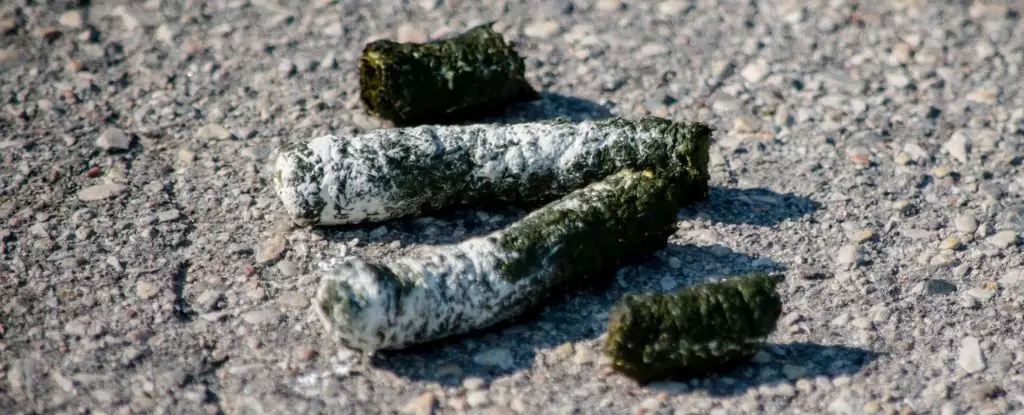In a commendable twist of fate, middle school students from Chicago have embraced science in an unconventional manner by enthusiastically bringing bird droppings into their educational space. While such actions would typically elicit disapproval, in this instance, the droppings served as a catalyst for groundbreaking scientific exploration. The students, guided by researchers from the University of Illinois, embarked on a hands-on journey that exemplifies the ideas of modern-day scientific inquiry. This program not only demystifies complex scientific processes but also emphasizes the importance of youth participation in research.
The initiative stemmed from a meticulously crafted 14-week educational outreach aimed at bridging gaps between science and young learners. By engaging students in their own neighborhoods, they were tasked with investigating the natural environment for bioactive compounds—an exercise that turned into a real-life laboratory experiment. The focus on practical experimentation provided an enriching experience, allowing the students to gather real data to analyze while developing critical thinking skills essential for scientific endeavors.
The student who presented the goose feces undertook the critical role of isolating a bacterium that not only attracted academic attention but also demonstrated antibiotic potential. This underscores a larger pedagogical philosophy that encourages exploration and curiosity among students, taking science beyond the confines of textbooks and classrooms. Such experiences are invaluable in fostering future scientists and researchers.
The isolation of the Gram-negative bacterium, known as Pseudomonas idahonensis, marked an important step in the pipeline of medical research. Notably, this bacterium was shown to inhibit over 90% of the growth of a notorious gram-positive bacterium linked to skin infections, highlighting its tangible benefits in combating health threats. The fact that a middle schooler could contribute to such findings is indicative of the program’s success in nurturing scientific innovation. The student’s name appears as a co-author in a published study—a recognition that not only honors their contribution but also serves to inspire fellow students and the wider community.
Perhaps the most compelling aspect of this discovery is the identification of orfamide N, a novel natural product previously unknown to science. The relevance of orfamides in the medical realm, particularly their potential anti-cancer properties, speaks volumes about the untapped potential of the natural world. The exploration of these microorganisms could signify an important step forward in the search for new treatments amidst increasing antibiotic resistance that threatens global health.
This breakthrough stands against a backdrop of a pressing crisis: the rising resistance of bacteria to available antibiotics. The mid-20th century marked a golden age for antibiotic discovery, but in recent decades, the development of fresh compounds has sadly diminished. The concerted efforts of scientists to unravel the secrets hidden in the natural world become increasingly critical in this context. As the middle school’s foray into microbiology illustrates, the quest for new antibiotics is not just a matter for seasoned professionals; it can be driven by the enthusiasm and curiosity of the younger generation.
While this singular discovery offers a glimpse of hope, it is crucial to remember the challenges that lie ahead. Extensive testing is required to confirm the efficacy and viability of antibiotic compounds, and there is a high rate of failure in this phase of research. The fact that only one out of 14 environmental samples collected demonstrated antibiotic activity emphasizes the hurdles still to be overcome.
The case of the Chicago middle schoolers is a profound reminder of the significant role that youth can play in scientific advancements. As health challenges continue to evolve, programs that stimulate early explorations in microbiology can cultivate a new generation of scientists ready to tackle these challenges. The innovative spirit, showcased through bringing bird feces into their classroom, is not just an anecdote but a testament to the impact of engaged learning. The path ahead remains demanding, yet with curiosity at the helm, there is hope that new antibiotics and medical advancements are within reach.


Leave a Reply